BITS BLOG
Why Compliance Doesn’t Equal Security: What Business Leaders Need to Understand
Compliance is not security. It’s a statement that’s been repeated in the cybersecurity world for years, but it still catches many business leaders off guard.
If your organization passed a HIPAA, PCI, or SOC 2 audit and still experienced a security incident, you’re not alone. Compliance frameworks are designed to create minimum standards, not to eliminate risk. Unfortunately, many businesses confuse the two, which leads to gaps, false confidence, and exposure.
This article breaks down why being “compliant” doesn’t mean you’re secure and how to bridge the gap with a business-first cybersecurity strategy.
Compliance Is About Meeting Requirements
Security Is About Reducing Risk
At its core, compliance is a snapshot. It reflects whether your organization meets a predefined set of controls at a specific point in time.
Security, on the other hand, is dynamic and continuous. It requires evaluating new threats, responding to incidents, and adjusting to operational or technological change.
Think of compliance like passing a building inspection. You might have the right number of fire extinguishers and emergency exits, but that doesn’t mean your building won’t catch fire.
Real-World Examples of the Gap
- Ransomware on a “compliant” network
A healthcare company had encrypted laptops and access logs in place, which satisfied HIPAA. But they lacked endpoint monitoring, so ransomware spread for days before detection. - MFA only for some systems
An organization claimed full MFA coverage to meet cyber insurance criteria. But remote access tools and financial systems were exempt. Attackers used a forgotten admin account to gain entry. - Outdated policies with no enforcement
The compliance audit passed. But the password policy hadn’t been enforced in years, and shared credentials were still in use.
All of these organizations were compliant on paper, but vulnerable in practice.
Why Business Leaders Fall Into the Trap
1. Compliance Creates a False Sense of Security
Passing an audit often gets interpreted as “we’re safe.” But audits aren’t real-world stress tests. They usually favor documentation over active defense.
2. Budgets Are Tied to Compliance, Not Risk
If insurance providers or clients only ask for compliance, that’s what gets funded. It becomes a checkbox exercise instead of a strategic decision.
3. Internal Metrics Reward Attestation, Not Resilience
It’s easier to celebrate passing SOC 2 than to measure breach prevention or recovery speed. But the latter is what protects your business.
So What Does “Secure” Actually Look Like?
Security means:
- Controls are in place and functioning.
- Risks are evaluated based on impact to your business, not just what’s listed in a framework.
- Systems, identities, and vendors are governed in real time instead of once a year.
- The organization can absorb change, recover from disruption, and maintain operations without chaos.
This is where BITS Cyber’s Business Change Tolerance (BCT) model becomes valuable.
How BCT Closes the Gap
BCT is a strategic measurement that reflects how ready your business is to adapt to change. This includes threats like breaches, regulatory shifts, vendor disruptions, or internal transitions.
Unlike compliance checklists, BCT is based on:
- Implementation maturity, not just intent
- Business impact scoring, not just technical severity
- Operational alignment, not just isolated IT controls
By mapping over 60 subcontrols to business outcomes such as cost reduction, process improvement, and resiliency, you gain a clear picture of where you stand and where risk is hiding.
This transforms security from a compliance task into a competitive advantage.
Where to Start: Move From Minimums to Meaningful
If you’re ready to move beyond the checkbox and start building actual resilience, take these steps:
1. Run a Security Gap Assessment Based on Business Risk
Look beyond what the auditor asked. Evaluate what your business cannot afford to lose and whether your controls actually protect it.
2. Calculate Your Business Change Tolerance Score
Use BCT to identify your strongest and weakest areas. It’s not about passing—it’s about adapting to change.
3. Stop Funding Security You Can’t Measure
If a control exists only to check a box, ask what risk it actually reduces. Redirect investment toward controls that support operations, growth, and your true risk posture.
Final Thought
Compliance is the floor. Security is the foundation.
Passing an audit might keep regulators satisfied, but it will not keep your business safe. Leaders who understand this distinction and act on it are the ones who avoid costly surprises and build organizations that thrive through uncertainty.
At BITS Cyber, we help clients move beyond the checkbox with a framework built for real-world conditions. In today’s landscape, compliance might keep you in business. Security is what keeps you in control.
